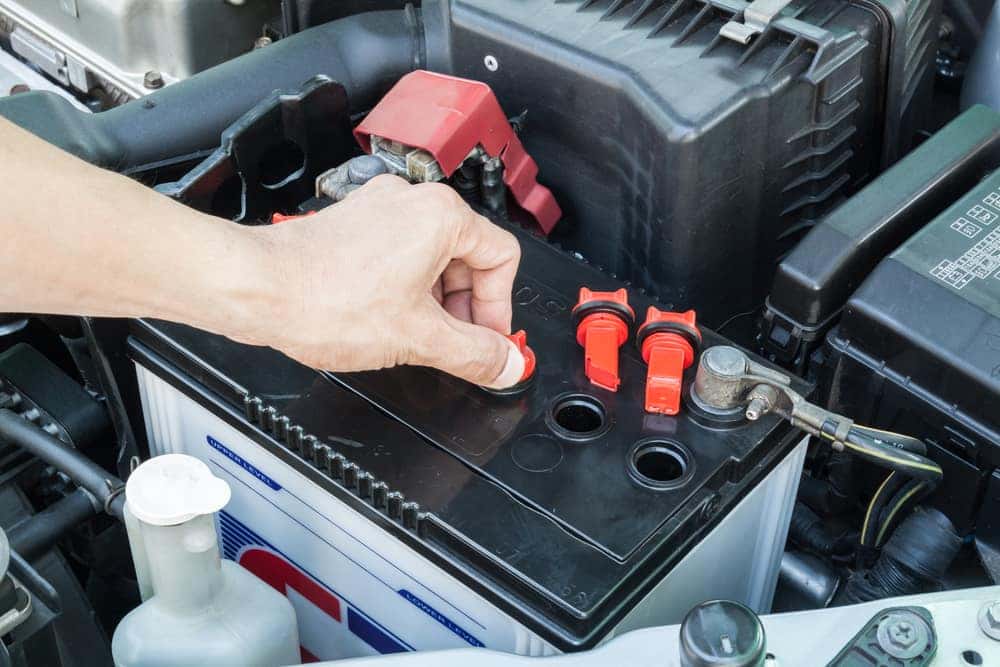
As lead-acid car batteries produce and contain certain chemicals, you can cause yourself injury or damage to your property when charging this battery type. To avoid potential mishaps or accidents the next time that you charge your lead-acid battery, consider following the safety procedures outlined in the article below.
Wear Safety Equipment
As sulfuric acid is contained within lead-acid batteries, you can face all of the physical hazards associated with this chemical. If you ingest the chemical, you will be poisoned. If you make physical contact with the chemical, you will receive damage to your eyes and chemical burns to your skin. For these reasons, when you charge lead-acid car batteries Winter Garden FL, wearing safety equipment such as a face shield, a lab coat, disposable gloves and safety glasses is highly encouraged.
Charge in a Well-Ventilated Area
The lead-acid battery charging process produces a highly-flammable hydrogen gas that can float upwards and collect on a ceiling in large quantities. Hydrogen can also mix with oxygen, a chemical gas that has the ability to help fire or an explosion ignite and spread. Both of these hazardous situations can be avoided if a lead-acid battery is charged in a fume hood, below a snorkel, or, if the previous situations aren’t possible, in another well-ventilated area.
Keep in mind that the presence of the hazards mentioned above does not mean that the lead-acid battery is a poor quality battery type and you should replace it. All car batteries have hazards, and the best thing you can do is learn how to lessen the danger. Once you have reduced the dangerous risks associated with the lead-acid battery, you will understand why it’s one of the most common car battery types as you enjoy its reliability. Until then, be careful and be patient with yourself.